As mobile e-commerce continues to grow in popularity, many Shopify stores are looking to create their own mobile apps to meet their customers’ needs. One of the most important aspects of a successful mobile app is the product listing page (PLP). This is where customers first interact with your products and decide whether or not to make a purchase. Therefore, it’s essential to ensure that your PLP is well-designed and optimized for mobile devices.
In this blog, we will review some of the best product listing pages in the mobile apps of India’s top direct-to-consumer (DTC) e-commerce brands and marketplaces. We will also discuss the importance of a good PLP, what makes a good product listing page, and how to improve the user experience of the app. Let’s get started!
The importance of a good product listing page
The product listing page is one of the most critical components of an e-commerce mobile app. It’s the page where customers can browse through your products and make a purchase. Therefore, a good product listing page can significantly impact your business’s success. A well-designed PLP can enhance the user experience, make it easier for customers to find what they are looking for, and ultimately increase conversions.
What makes a good product listing page
A good product listing page should provide customers with all the necessary information about the product in a clear and concise manner. This includes product images, descriptions, pricing, and availability. It should also offer various filters and sorting options to make it easier for customers to find what they are looking for quickly. Additionally, it should have a clear call-to-action (CTA) button that directs customers to the checkout page.
What are the most used and important features to look for when designing a PLP
When designing a product listing page, some essential features to consider are:
- Detailed product images: Images are the first thing customers see, so make sure they are clear, high-quality, and show the product from different angles. Keep image sizes to a minimum without sacrificing clarity for better and faster page loading.
- Optimize for all screen sizes: Ensure that your product listing page is optimized for different screen aspect ratios and that it loads quickly.
- Detailed product descriptions: A good product description should include all the necessary information about the product, such as its features, specifications, and benefits.
- Filter and sorting options: These features help customers narrow down their search and find the product they are looking for quickly.
- Product reviews and ratings: Reviews can significantly impact customer buying decisions, so make sure to include product ratings on your product listing page.
- Clear CTA buttons: Your CTA buttons should be prominent and easy to find, directing customers to the checkout page.
- Use personalized recommendations: Use data analytics to provide customers with personalized product recommendations based on their browsing history and purchase behavior.
What are the best practices while designing a good product listing page?
Some best practices to follow when designing a product listing page are:
- Keep it simple and uncluttered. A cluttered page can be overwhelming and confusing for customers. Keep your PLP clean and easy to navigate.
- Use white space: White space can help break up the page and make it easier for customers to scan and find what they are looking for.
- Test and iterate: Test different designs and features to see what works best for your customers. Continuously iterate and improve your PLP based on user feedback.
Now let’s look at some noteworthy examples of well-designed PLP in e-commerce mobile apps for DTC brands in India.
There are several DTC brands that have successfully designed their product listing pages to enhance the user experience and increase conversions. Let’s look at some examples of well-designed product listing pages in e-commerce mobile apps from top DTC brands in India.
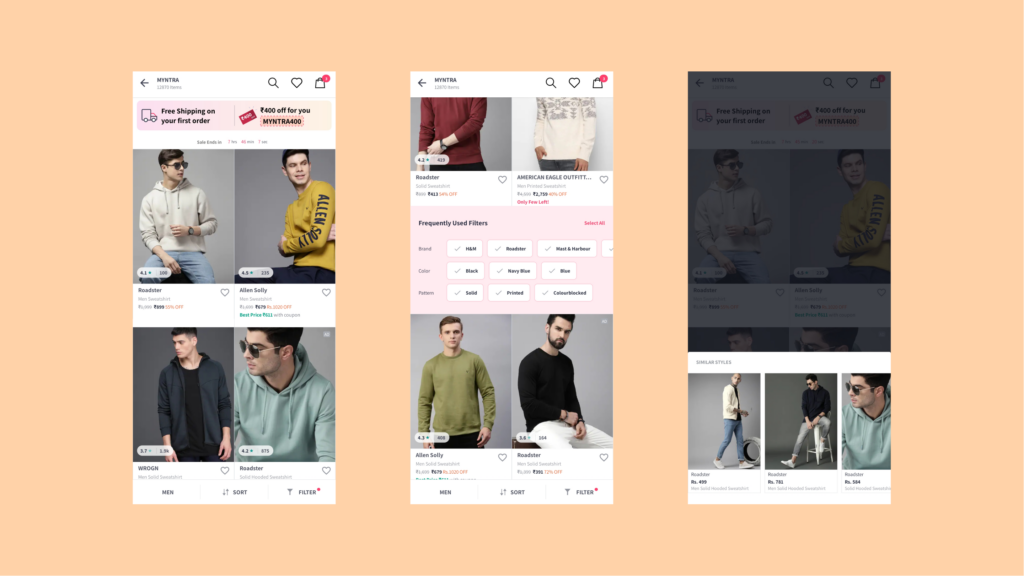
Myntra: Myntra’s product listing page features high-quality images, detailed product descriptions, and user-generated content (UGC) in the form of customer reviews.

Amazon Shopping: Amazon’s product listing page offers various filter options, making it easy for customers to find the product they are looking for quickly.

Nykaa Fashion: Nykaa Fashion’s product listing page features multiple product images, detailed product descriptions, and other category and product filters like “editors’ pick.”
Differences between mobile PLP and PLP on the website
While both mobile and website PLP serve the same purpose, there are some key differences between the two. Mobile PLP should be optimized for both smaller and bigger mobile screens and should have a simpler design to make it easy for customers to navigate on their mobile devices. Additionally, mobile PLPs should have large enough CTA buttons, as most mobile users tend to use their thumbs to navigate.
Best integration and plugins to help improve the PLP in the Shopify mobile app
Shopify offers several integrations and plugins to help improve the product listing page in your mobile app. Some of the best integrations and plugins are:
- Judge.me: Product Reviews
- Searchtap
- Findify.io
- Code black belt: Frequently bought together
- Bundler: Product Bundles
Advantages of using a no-code mobile app maker for designing a PLP
One advantage of using a no-code mobile app maker for designing your PLP is that you don’t need to have coding or design skills to create a high-quality app. No-code app makers provide intuitive interfaces and pre-built templates that make it easy to create a mobile app quickly and efficiently. Additionally, no-code mobile app makers typically offer integrations with popular ecommerce platforms and service providers, which can save time and effort when setting up your store.
In conclusion, designing a good product listing page is essential for the success of your ecommerce mobile app. Follow the best practices and consider the most important and frequently used features when designing your PLP. Also, by using a no-code mobile app maker platform like ours, you can create a high-quality PLP without needing coding or design skills. Look into successful DTC brands’ mobile apps for inspiration, optimize for all mobile devices, and use integrations and plugins to enhance the user experience. By following these tips and best practices, you can create a PLP that enhances the user experience and drives sales for your e-commerce mobile app.
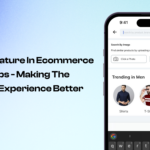
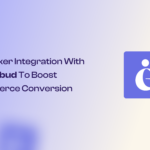

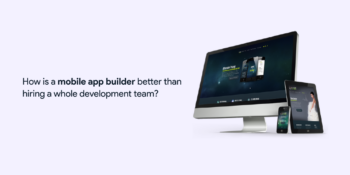

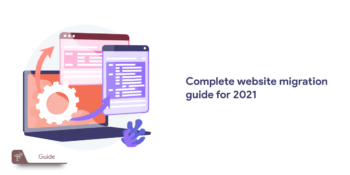
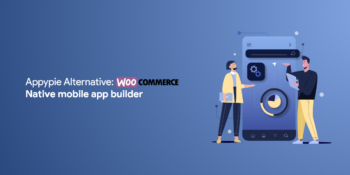
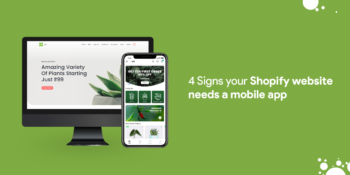


No Comments
Leave a comment Cancel